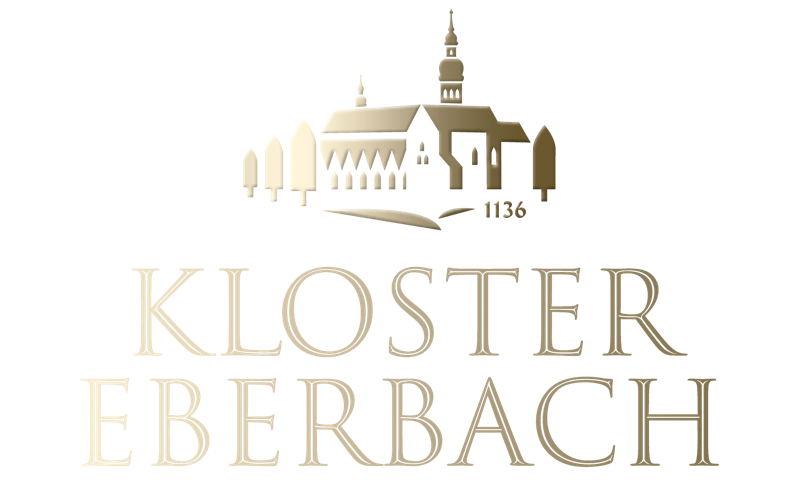Do you have any questions? You will find the answer here.
Why do I have to pay parking fees and admission if I want to visit Kloster Eberbach?
The protection and preservation of the outstanding cultural monument of Kloster Eberbach are the core tasks of the non-profit Kloster Eberbach Foundation. In addition to the extensivemaintenance and operation of the listed monastery complex, this includes promoting cultural projects and opening it to the public.
In parallel to the one-time general renovation (begun in 1986), the State of Hesse transferred the entire property of Kloster Eberbach in 1998 to the public-law foundation, which has since had to generate the funds for the permanent preservation and running costs of the historic monastery complex. It finances itself through entrance fees, donations, guided tours, events, and rental and leasing income.
In contrast to state-supported institutions, such as Bad Homburg Castle, Saalburg and Hessenpark or the zoological gardens, which are paid for by the taxpayer, the Foundation is financed exclusively from its own funds.
It is not only the costs of cleaning and maintaining the parking areas that are continually rising. Five gardeners are employed to maintain the parking areas and outdoor facilities. Intensive care and maintenance of more than 400 trees worthy of protection and two fountain systems mean high financial expenditure (e.g. keeping a tree register in which every single tree is recorded). As part of our sustainability strategy, we use, among other things, more expensive, biodegradable gritting
granulate.
There is no entrance fee to visit the 8,500 square metres of outdoor space. The gardens remain open 24 hours a day, 7 days a week.
What can you visit?
You can visit the interior of the historic monastery complex, the cloister, which was once only accessible to members of the Cistercian order, and the impressive monastery church. The history of the monastery, paintings and sculptures as well as original documents from the time of the monks await you in the abbey museum. You can discover all this during our Monastery tour.
Do monks still live in Kloster Eberbach today?
No. The monastery was dissolved in 1803 as a result of secularisation under the Reichsdeputationshauptschluss. In addition to the sale (auction) of the monastery's property and inventory, this meant that the remaining 22 members of the monastery had to vacate the monastery.
What does secularisation mean?
Secularisation refers to the process of separation between church and state; and in particular the replacement of the secular power of the church by the state as a result of the Enlightenment in Europe. A synonym for secularisation is the term "to become worldly".
Is there still wine in the large barrels that are in the cabinet cellar, among other places?
No, there is no wine in the barrels any more. Nowadays, the wine is vinified in the Steinberg cellar of the Domain Steinberg, only 900 m away from the monastery grounds.
Was the film "The Name of the Rose" shot here?
Yes! The interior shots for the film were made in 1985. Some props can still be discovered on a tour of the cloister. Scenes as well as eyewitness accounts are available in the film room in the monks' dormitory.
Can you book a guided tour here?
Yes, there are regular public tours at the weekends. In addition, a wide variety of individual guided tours with and without wine accompaniment tours can be booked.

